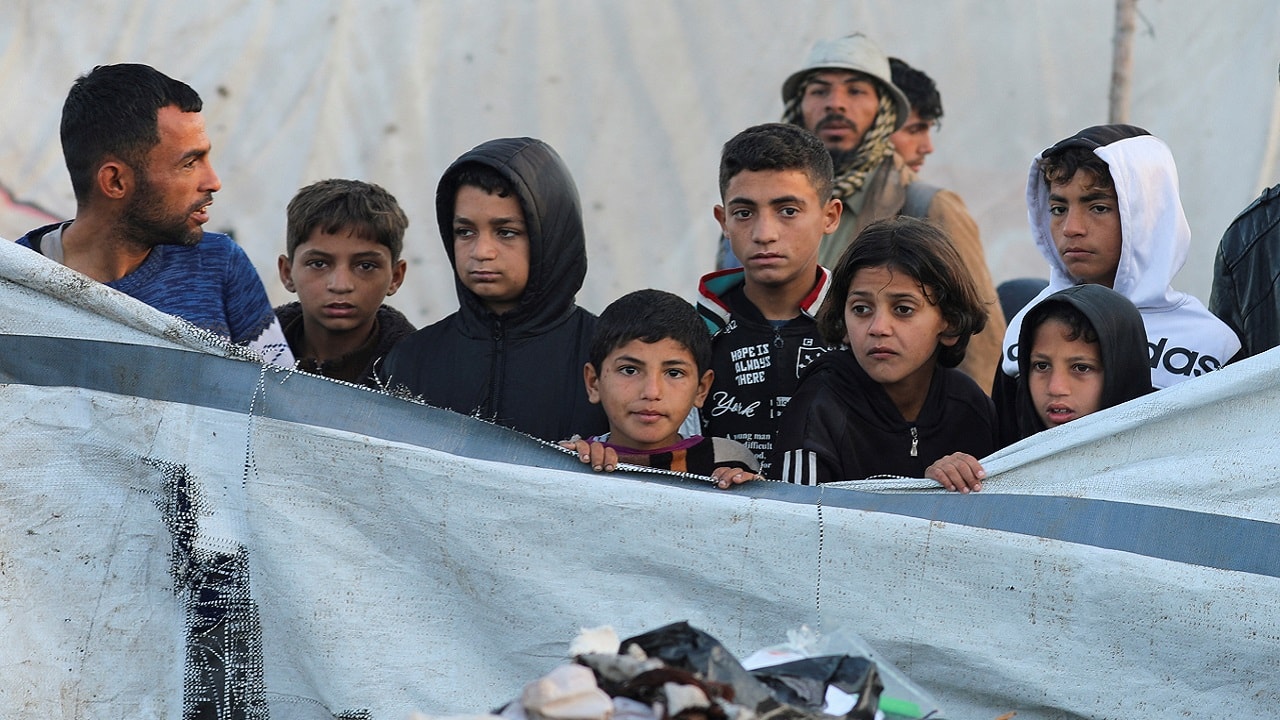 |
|
The protracted 15-month conflict between Israel and Hamas in Gaza has reached a potential turning point with the Israeli security cabinet recommending a ceasefire agreement. This agreement, brokered with the assistance of Qatar and the United States, promises the release of dozens of hostages held by Hamas since the initial October 7, 2023, cross-border attack that ignited the war. The initial announcement of the deal on January 15, 2025, was met with cautious optimism, but delays ensued due to unresolved issues, primarily attributed to Hamas by Prime Minister Benjamin Netanyahu. The final ratification by Israel's full cabinet is expected, paving the way for a ceasefire potentially commencing as early as January 19, 2025. However, this fragile peace is threatened by significant opposition within Netanyahu's own far-right coalition, raising concerns about the stability of his government and the long-term viability of the agreement.
The human cost of the conflict has been staggering. The initial Hamas attack resulted in the deaths of approximately 1,200 Israelis and the capture of around 250 hostages. Israel's subsequent large-scale military response has led to the reported deaths of over 46,000 Palestinians, according to local health officials, with a disproportionate number of women and children among the casualties. This devastating loss of life has not only destabilized the region but has also sparked widespread international protests and condemnation. Even in the lead-up to the ceasefire, the violence continued, with Israeli airstrikes on January 16, 2025, resulting in at least 72 more deaths in Gaza. This pattern of escalating violence in the final hours of previous ceasefire agreements suggests that the immediate future remains precarious, despite the promise of a truce.
The ceasefire agreement itself is a complex, multi-phased process. The initial phase involves the release of 33 hostages from Gaza over the next six weeks, in exchange for the release of hundreds of Palestinian detainees held by Israel. Simultaneously, Israeli forces will withdraw from specific areas, allowing hundreds of thousands of Palestinians to return to their homes, while humanitarian aid to the region will be significantly increased. The second phase, however, remains significantly more challenging. It centers on the release of the remaining hostages, including Israeli soldiers, and necessitates further negotiations during the first phase. This phase highlights the fundamental disagreements between the two sides. Hamas has explicitly stated that it will not release the remaining captives without a lasting ceasefire and a complete Israeli withdrawal, while Israel has made it clear that its military operations will continue until Hamas is dismantled and the region is secured under Israeli control. This fundamental clash of objectives casts doubt on the long-term success of the agreement.
The political landscape within Israel significantly impacts the future of the ceasefire. The strong opposition from Netanyahu's far-right coalition partners poses a substantial risk to the agreement's implementation. These factions may seek to undermine the deal through various means, potentially leading to further instability and even the collapse of the government. This internal political friction underscores the inherent fragility of the agreement and highlights the complex challenges involved in achieving a lasting peace in the region. The international community will play a vital role in monitoring the implementation of the ceasefire and in facilitating dialogue to address the underlying causes of the conflict. The success of this ceasefire hinges not only on the goodwill of both parties but also on the ability of the international community to provide the necessary support and pressure to ensure its lasting success. The future remains uncertain, but the agreement offers a glimmer of hope for a much-needed respite from the brutal conflict.
The release of hostages is a key component of the agreement, holding significant symbolic and practical importance. For the families of the hostages, the prospect of their loved ones’ return is a source of immense relief and hope. The government’s preparation for their return, including informing families of the deal, demonstrates a commitment to the agreement's fulfillment. However, the successful and timely return of all hostages depends heavily on the cooperation of both sides, especially Hamas, which could still face internal pressures related to the release of its own members. The process of reintegration for the returning hostages will also be crucial, requiring careful planning and support to help them adapt to life after their prolonged captivity. The emotional toll on both the hostages and their families cannot be understated and will require long-term support and understanding.
Source: Israel’s Security Cabinet greenlights Gaza ceasefire deal, hostage release expected
